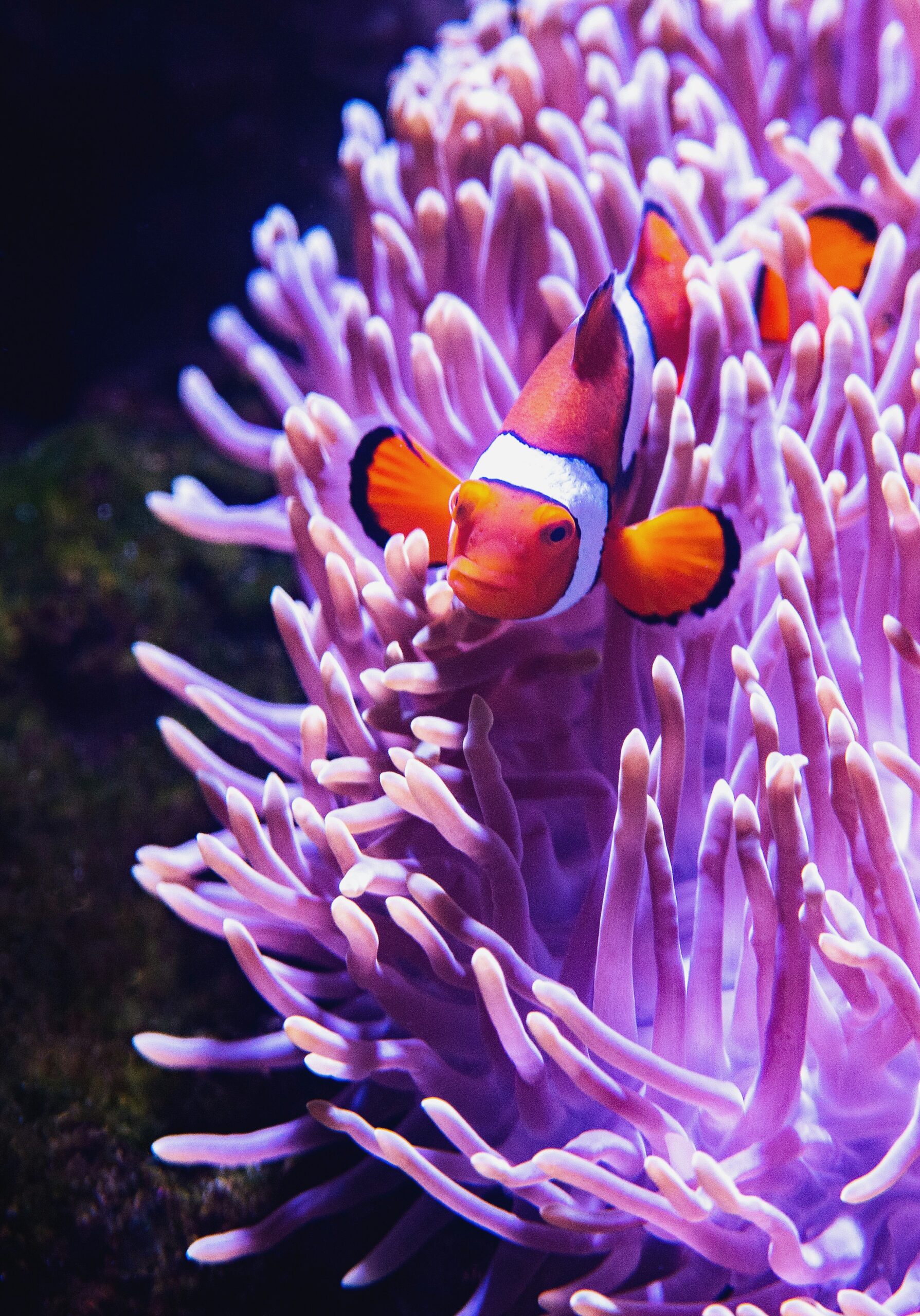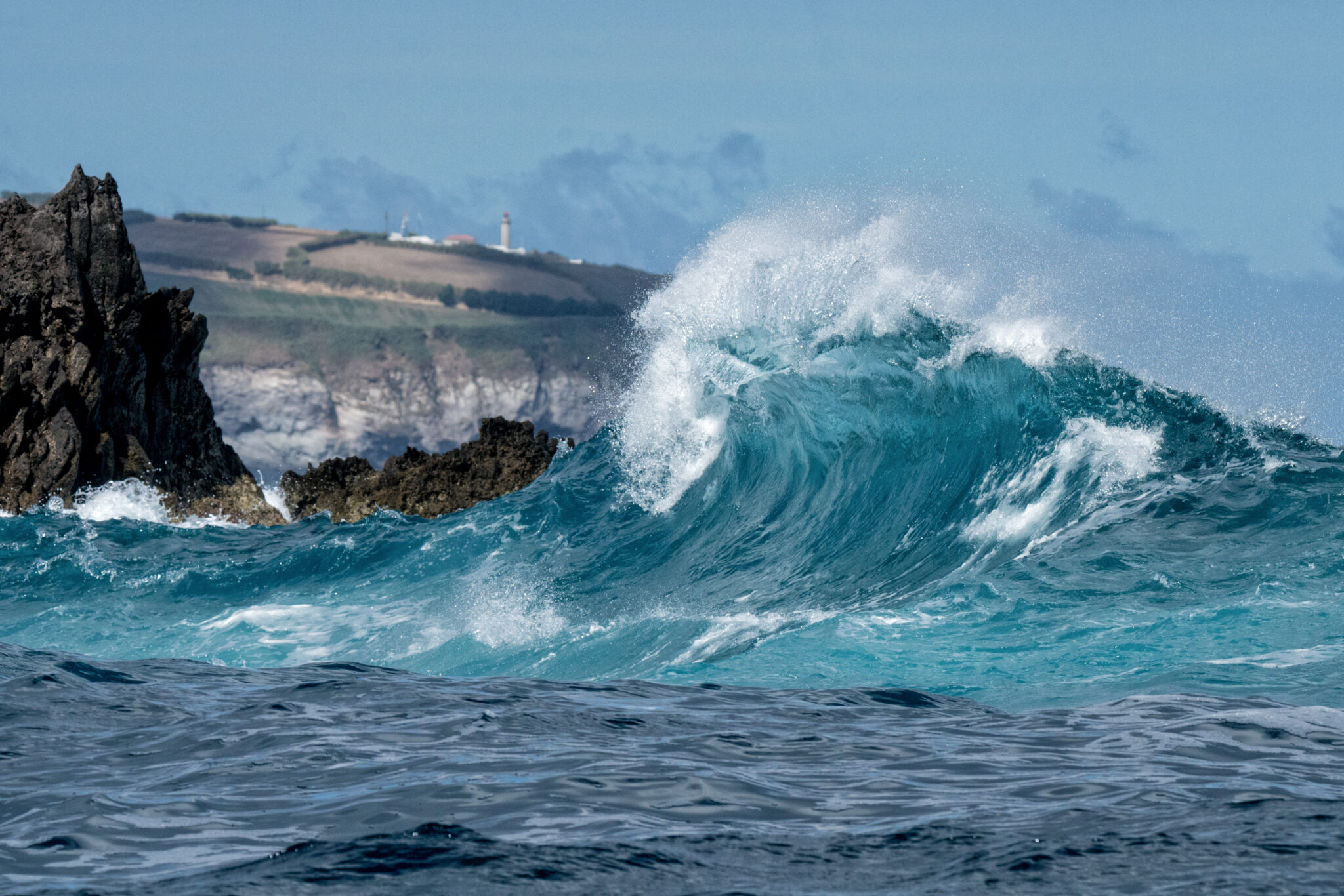Note from the Executive Secretary

Dr David Freestone
Executive Secretary

This World Oceans Day, the Sargasso Sea Commission is celebrating the finalization of two major agreements affecting the conservation of the Sargasso Sea. March saw agreement finally reached on the text of the new High Seas Biodiversity Treaty after more than two decades of discussion. This provides a potentially important tool to assist the international community in meeting the important target of protection of 30% of the ocean by 2030 adopted in December last year of the Kunming-Montreal Global Biodiversity Framework. We are currently experiencing the largest extinction event since the dinosaurs were wiped out 66 million years ago – but this one is human-caused and is having major impacts on ocean species – many of them yet unknown to us. We are also at a turning point for climate change action, with the latest IPCC report warning that impacts and losses from climate change will escalate with every increment of planet warming. With the High Seas Treaty now agreed, although remember it has yet to come into force, the prospect of an MPA for a large-scale high seas area such as the Sargasso Sea is no longer a pipedream. Certainly, the necessity for ocean protection has never been more crucial.
Sargasso Sea Commission signs MOU with Inter-American Sea Turtle Convention
 At the Inter-American Sea Turtle Convention (IAC) 16th Consultative Committee of Experts Meeting on April 26, Dr. David Freestone, Executive Secretary of the Sargasso Sea Commission, and Verónica Caceres, Executive Secretary for the Inter-American Sea Turtle Convention, signed a Memorandum of Understanding (MOU) on collaboration between the Secretariats of the SSC and IAC.
At the Inter-American Sea Turtle Convention (IAC) 16th Consultative Committee of Experts Meeting on April 26, Dr. David Freestone, Executive Secretary of the Sargasso Sea Commission, and Verónica Caceres, Executive Secretary for the Inter-American Sea Turtle Convention, signed a Memorandum of Understanding (MOU) on collaboration between the Secretariats of the SSC and IAC.
The objective of the MOU is to provide a framework for collaboration in the work of IAC and SSC in order to promote, within their respective mandates, the more effective conservation of sea turtle species and the habitats that they utilize and upon which they depend, as well as to promote the dissemination of the best available scientific evidence regarding their important ecosystem role.
Honourable Minister Walter Roban, Deputy Premier and Minister of Home Affairs for the Bermuda Government also attended the event and gave a short speech in support of the MOU. Other attendees included representatives from the Commission and governmental signatories.
The true story about Sargassum

Image credit – JP Rouja
Sargassum has garnered a lot of bad press lately – CBS news reported that a 13.5 million metric ton “blob” of seaweed was set to wash up this summer on the west coast of Florida. These catastrophic inundations have been occurring since 2011 – and they’re not limited to the US coast – mass strandings of Sargassum have devastated the coasts of many Caribbean states, the coast of Brazil, and the coast of West Africa from Senegal to Nigeria.
While the effect of such strandings can be catastrophic to local communities, affecting ecosystems, tourism, and human health, in its natural habitat in the Sargasso Sea, Sargassum provides the basis for a unique and highly biodiverse ecosystem. It provides a safe haven for small animals on the high seas, supporting ten endemic species, and providing critical developmental habitat for many species of pelagic fish that grow to be ocean giants, and at least three species of Atlantic sea turtle.
Modeling and satellite data have shown that the Sargassum that inundates beaches in Western Africa, the Caribbean, and the Eastern US does not come from the Sargasso Sea. It originates much further south in the North Equatorial Recirculation Region (NERR), between the north equatorial current and the equator, in a bloom commonly called the Great Atlantic Sargassum Belt. Thought to be fuelled by anthropogenic runoff from the Orinoco and Amazon basins and the rivers of west Africa, the Great Atlantic Sargassum Belt has bloomed annually since 2011, and its impacts stretch from the West Coast of Africa to the Gulf of Mexico.
Sargasso Sea featured at Explorers Club

Dr. David Freestone spoke about the Sargasso Sea Hope Spot in ‘The Bright Future of Our Oceans: The Transformative Impact Of Hope Spots’ at The Explorers Club in New York as part of their World Oceans Week celebrations. The Sargasso Sea was first recognized as a Hope Spot in 2011, and it was relaunched as a Hope Spot in 2022.
The focus of the presentation was to highlight this iconic area of the ocean, a Hope Spot located in areas beyond national jurisdiction, in the context of the finalization of the BBNJ treaty, which is set to be adopted on June 19th in New York.
In a press release for the relaunch of the Sargasso Sea Hope Spot in 2022, Dr. Sylvia Earle remarked that in 2009 an expedition to the Sargasso Sea “marked the beginning of what has now become Mission Blue, and the concept of Hope Spots.” Image: Dr. David Freestone poses with the Explorers Club polar bear
Please consider taking our Common Oceans Programme survey
 What do you know about the ocean areas beyond national jurisdiction (ABNJ)?We would really appreciate it if you could fill in this short survey – responses will help us focus our communications efforts as part of our GEF project in order to conserve ocean ABNJ, and it will take less than a minute! |
What do you know about the ocean areas beyond national jurisdiction (ABNJ)?We would really appreciate it if you could fill in this short survey – responses will help us focus our communications efforts as part of our GEF project in order to conserve ocean ABNJ, and it will take less than a minute! |
Creature Feature
Your window into the golden floating rainforest and who’s in it!
European eel
 The Sargasso Sea is the only known spawning area for two species of anguillid eel – the American eel (Anguilla rostrata), which is endangered, and the European eel (Anguilla anguilla) which is critically endangered. Both species are capable of transitioning from salt water to fresh water environments, spawning in the ocean and feeding and developing in freshwater environments inshore.
The Sargasso Sea is the only known spawning area for two species of anguillid eel – the American eel (Anguilla rostrata), which is endangered, and the European eel (Anguilla anguilla) which is critically endangered. Both species are capable of transitioning from salt water to fresh water environments, spawning in the ocean and feeding and developing in freshwater environments inshore.
The smallest larvae of this species, which begin life as leaf-shaped and transparent, have been tracked to the sub-tropical convergence zone within the Sargasso Sea. However, breeding and spawning have never been observed. The European eel carries out one of the most extreme and mysterious migrations in the animal kingdom. It was only in 2022 that for the first time European eels were successfully satellite tracked completing their Sargasso Sea migration.
European eels are found in rivers, wetlands and brackish waters from Scandinavia to Morocco. Their population has declined by 95-99% since 1980, due to a combination of threats including overfishing, pollution, habitat loss, climate change, migration barriers, and eel parasites.
The European eel is protected by EU eel management plans, and since 2010 all trade outside of the EU was effectively banned with its listing under appendix II of the Convention on International Trade in Endangered Species (CITES).
In 2014 the Principality of Monaco, supported by the Sargasso Sea Commission, successfully proposed that the European Eel be listed under appendix II of the Convention on the Conservation of Migratory Species of Wild Animals, calling for cooperative conservation actions to be developed among Range States. Since then the Sargasso Sea Commission has convened five range states workshops on Atlantic anguillid eel conservation.
Image: Wikimedia commons
Sargasso On-the-Go
 High seas treaty adoption to take place on June 19th
High seas treaty adoption to take place on June 19th
A resumed fifth session of the inter-governmental conference for the BBNJ agreement is set to take place on June 19th, where the final text of the treaty is expected to be formally adopted.
 Thousands of whales are being killed by passing ships. Can we save them?
Thousands of whales are being killed by passing ships. Can we save them?
Large numbers of cetaceans are dying from lethal collisions with vessels, even in protected areas. Now science may provide the means to protect them.
 Why Nova Scotia’s baby eel fishery was shut down
Why Nova Scotia’s baby eel fishery was shut down
The Canadian Department of Fisheries and Oceans has halted their baby eel fishery for 45 days after escalating conflict. Elvers are Canada’s most valuable fish species by weight, selling for up to $5,000 a kilo.
Thank you for supporting our mission to protect the Sargasso Sea. We truly appreciate all of the donations and support that we have received over the years — without which the Sargasso Sea Commission would not exist.
Sargasso Sea Commission | 1630 Connecticut Avenue NW,Suite 300,Washington, DC 20009






